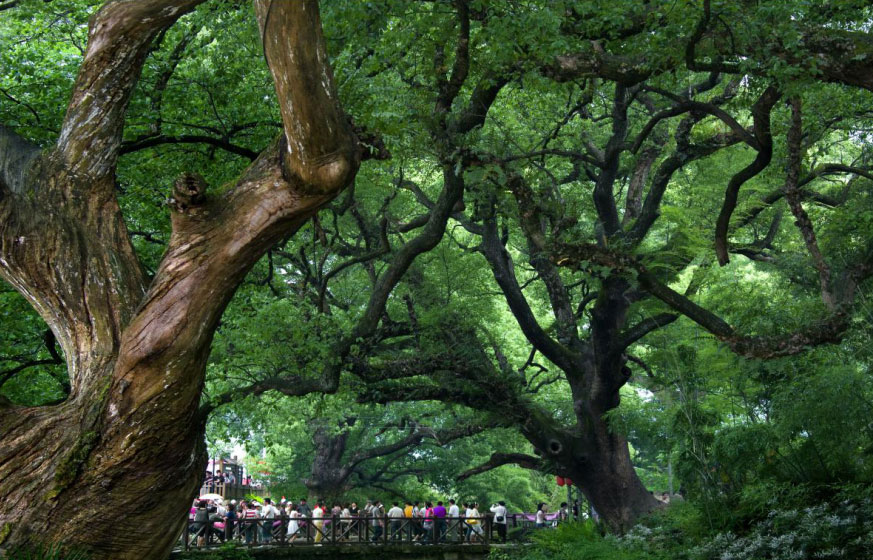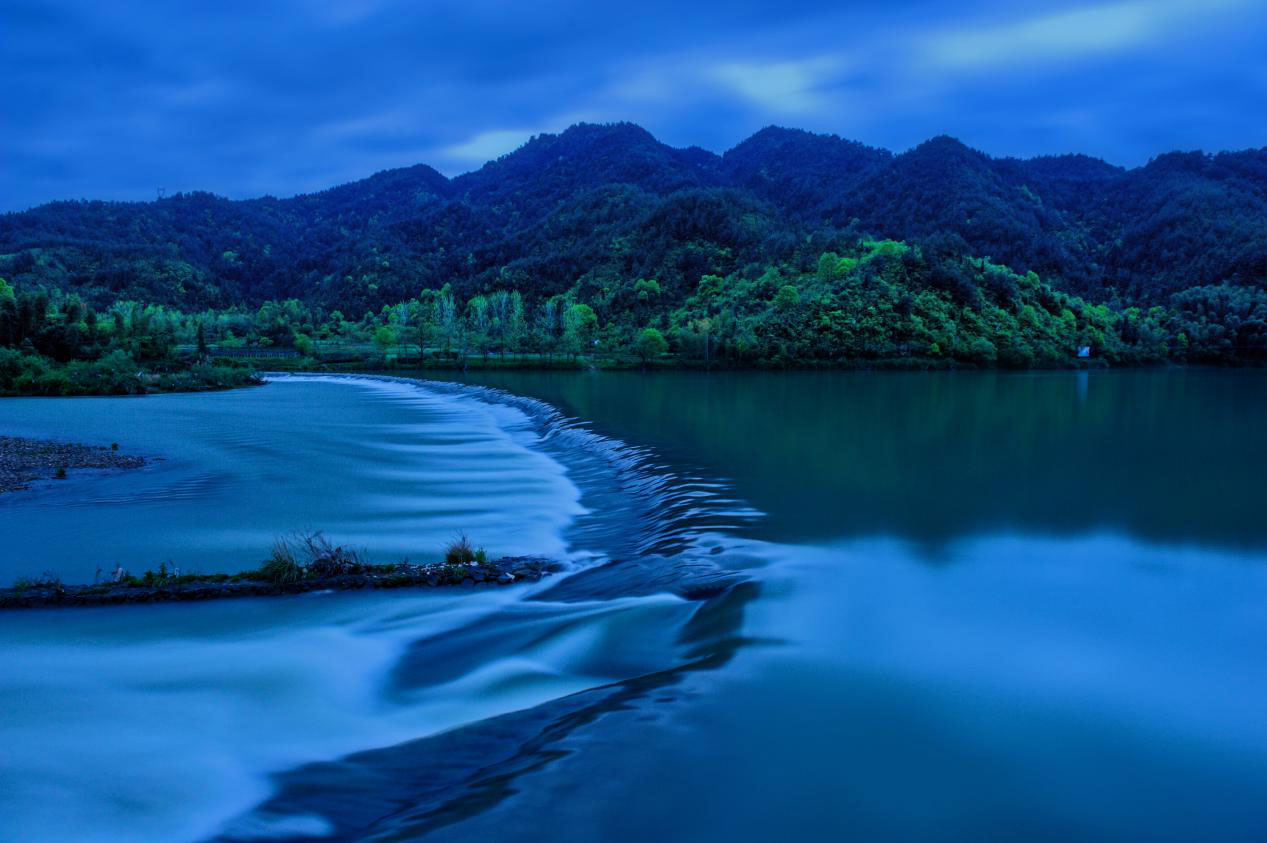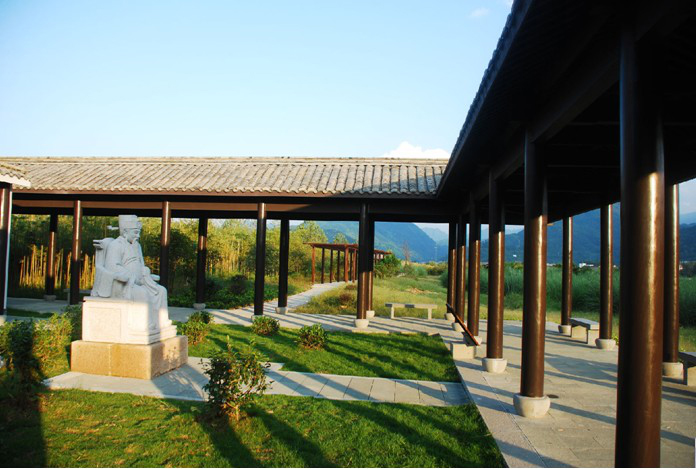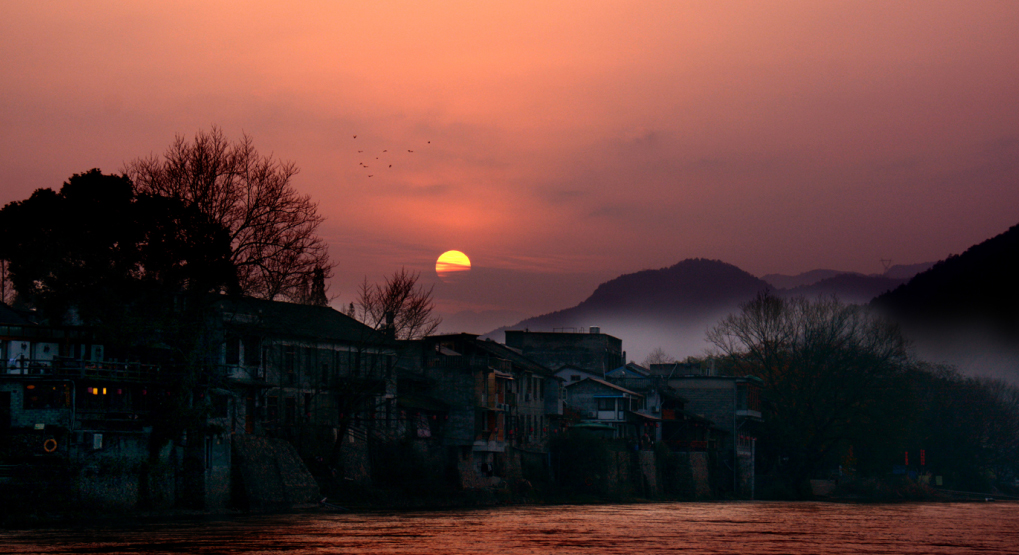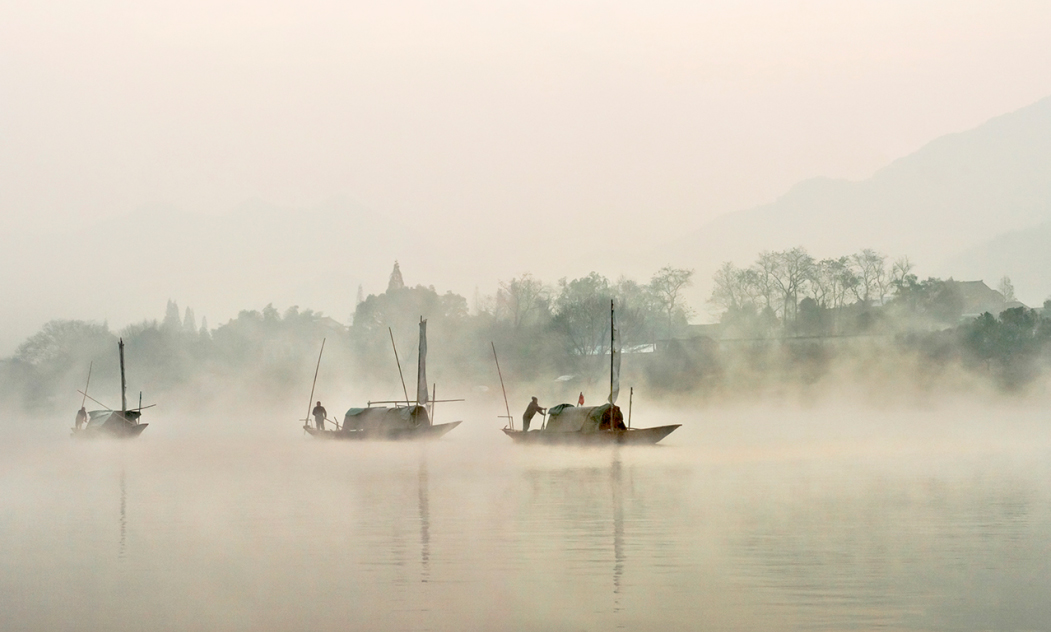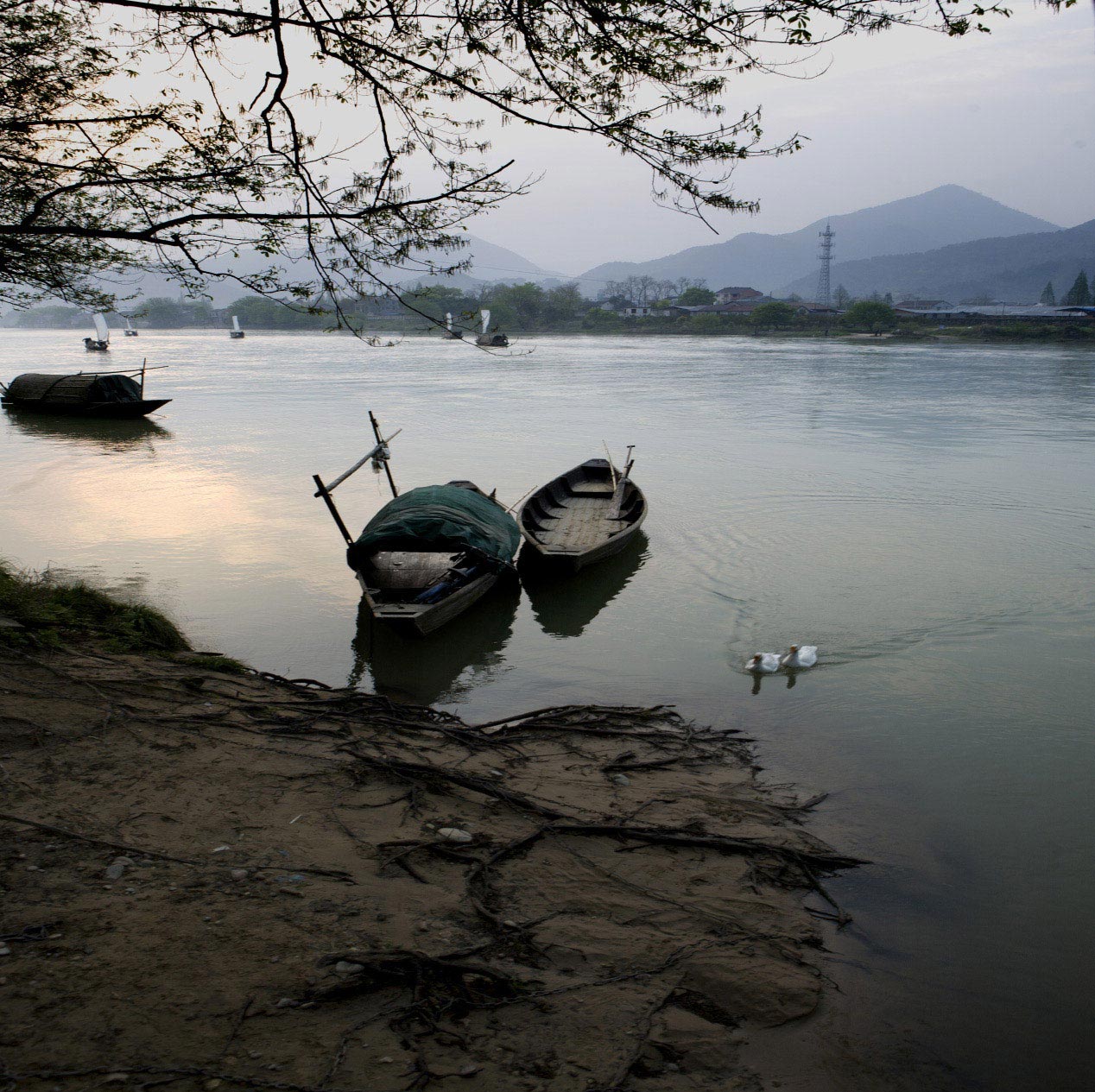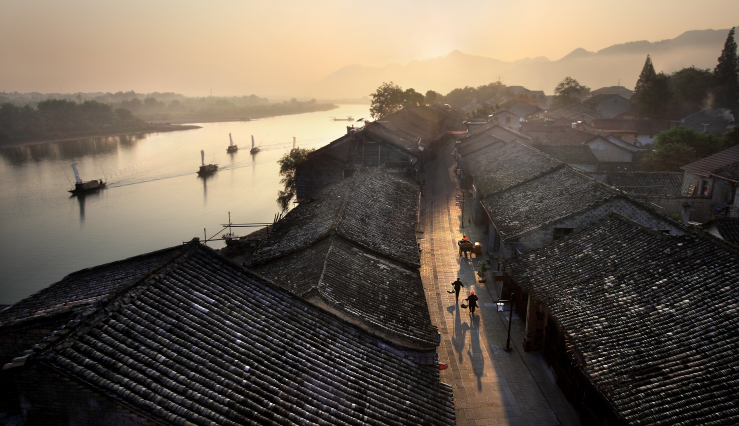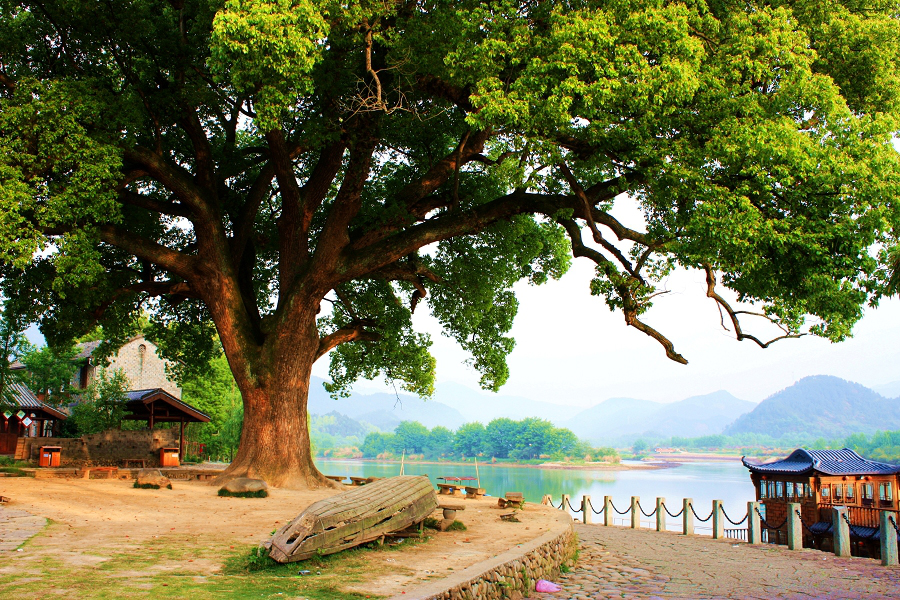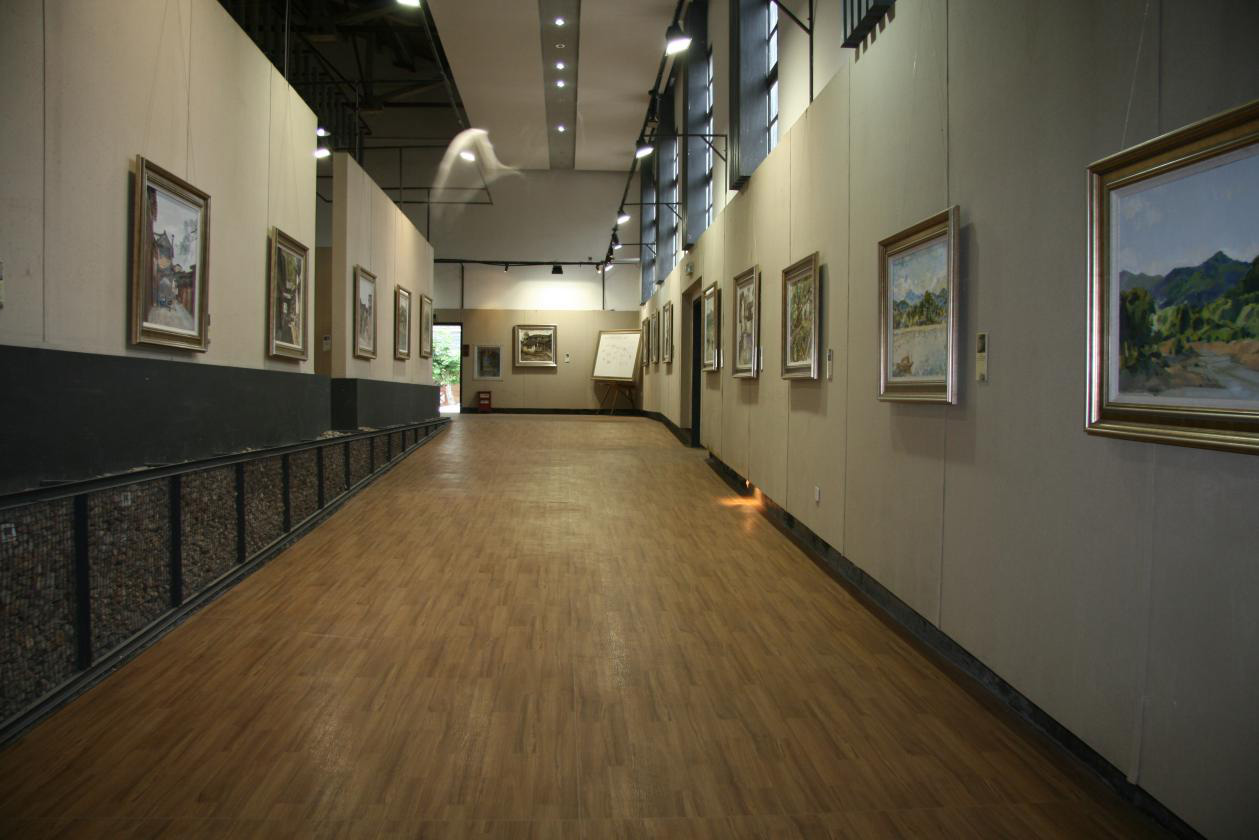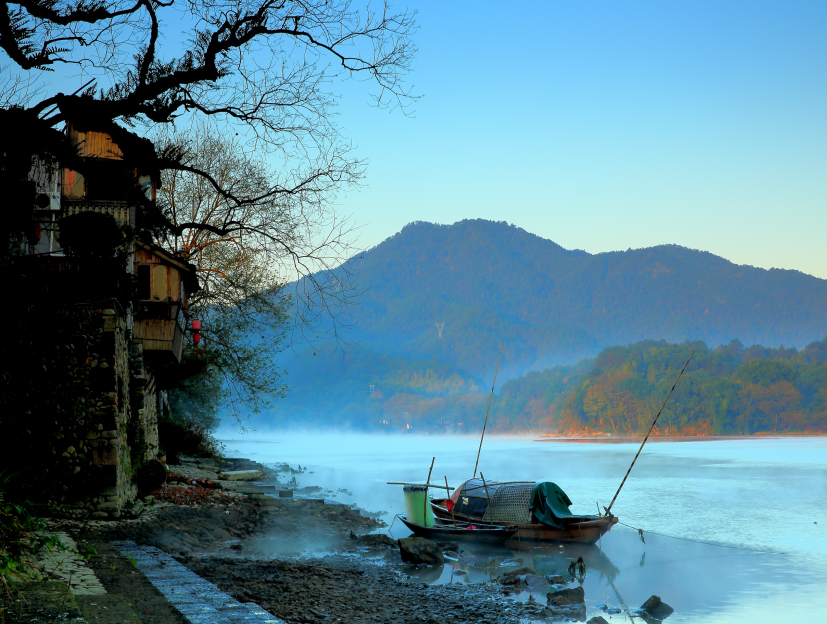

“Huaxiang” carries the artist’s pursuit of beauty. The Lishui Barbizon School of Painting, which was born and nurtured here, depicts the true mountain scenery and the simple and beautiful Jiangnan ancient town style with the soul.This is how Huaxiang becomes famous both at home and abroad.
"Enjoying the green water leisurely, you will feel peace and quiet."Guyan Huaxiang, as an excellent place of Oujiang River of four hundred kilometers has a soft and beautiful impression on the scenic spot.It has not only natural scenery and artistic atmosphere,but also Oujiang River sail shadow, mountains on both sides, ancient streets and villages. The artistic conception is different with the rising of sunset stars and the alternation of seasons, and more rich in charm.

Summer Time: 07:30-18:00
Winter time: 08:00-16:30

50 yuan
(including two-way ticket)

0578-2577297
0578-2197196

Guyan Huaxiang Scenic Spot,
浙江省麗水市蓮都区大港頭鎮古堰画郷


